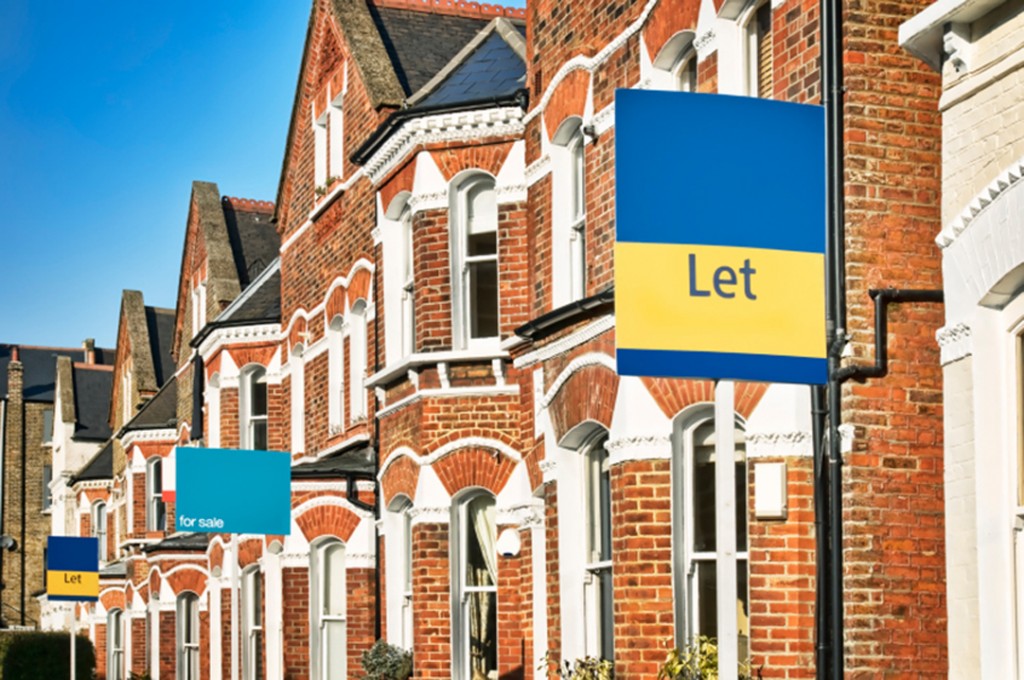Many homeowners who are seeking to move to a new property, or believe they could make a considerable profit from their current home, may be interested in taking out a let-to-buy deal; closely related to buy-to-let but targeted at those specifically looking to rent our their current residence. Rebekah Commane asked the experts when and […]
Many homeowners who are seeking to move to a new property, or believe they could make a considerable profit from their current home, may be interested in taking out a let-to-buy deal; closely related to buy-to-let but targeted at those specifically looking to rent our their current residence. Rebekah Commane asked the experts when and why this product would be used.
 With so many mortgage products on the market, the information available can be overwhelming and it can be difficult to differentiate one deal from the other. But a little patience, and seeking the help of your bank or a mortgage adviser, can point you in the right direction in terms of what’s right for you.
With so many mortgage products on the market, the information available can be overwhelming and it can be difficult to differentiate one deal from the other. But a little patience, and seeking the help of your bank or a mortgage adviser, can point you in the right direction in terms of what’s right for you.
When it comes to securing a loan to purchase a property to let out, you will most likely have heard of buy-to-let mortgages. This is the product you will generally look for if you’re seeking to buy a property to rent out in the private sector. How much you can borrow will, as always, be based on the size of your deposit but also on the rental income you will generate.
However, a ‘let-to-buy’ deal is a side of mortgage lending that consumers are generally less familiar with. It just sounds like ‘buy-to-let’ backwards; and it sort of is. Let-to- buy operates in a similar manner to the more popular product but is used specifically when a borrower wants to move home and cannot sell their current property, or chooses to rent it out for a rental income.
To better explain let-to-buy, What Mortgage posed questions to representatives of two lenders who operate this type of product; Rachel Kolebuk, senior manager at Nottingham Building Society, and Charles Haresnape, managing director at Aldermore.
How exactly do let-to-buy mortgages work?
Kolebuk: Existing residential borrowers looking to move home, who either can’t sell their existing home, or perhaps wish to keep it but convert it to a buy-to-let scenario, may be able to approach their lender and re-mortgage their existing residential mortgage onto a let-to-buy basis.
They will need to show that the existing mortgage can be serviced via the rental income they will receive from their new tenants. By arranging this mortgage on a buy-to-let basis, it allows them to then seek a residential mortgage on their proposed new home.
Haresnape: A let to buy is where an owner occupier of a residential property wishes to move to a different property but cannot or does not wish to sell that property. Essentially, the first property becomes a buy to let with the rental income covering the mortgage on that property, allowing them to fund a new mortgage on the property being purchased.
What is the difference between Let-to-Buy and Buy-to-let?
Kolebuk: Nothing in reality. They are both buy-to-let mortgages, but the different phrases explain the customer journey better. A let-to-buy is where an existing residential home owner is wishing to let out their existing home to enable them to buy a new residence. A buy-to-let is where an applicant is seeking to buy a property to let it out.
Haresnape: With let-to-buy the property resided in and then let out, whereas a buy to let is a property purchased specifically to rent out.
How do consumers secure a let-to-buy mortgage?
Kolebuk: Either applicants can come to us direct via our central mortgage team, via one of our branches or via an intermediary.
Haresnape: They apply direct or via a broker in the normal way as let to buy is part of our standard criteria
Is this type of mortgage available in different forms, such as tracker, variable or fixed products?
Kolebuk: Our buy to let range currently offers applicants the choice of variable and fixed rates for product terms of between 2 and 3 years.
Haresnape: Let-to-buy is available across Aldermore’s full range of mortgage products.
In what circumstances would let-to-buy be a good decision for consumers?
Kolebuk: If an applicant is keen to or wants to move to a new residence, but cannot sell their current home, then a let-to-buy mortgage is a potential option to enable them to continue with their desire to move.
Clearly the applicants then need to take on the role of being a ‘landlord’ on their current home, with all the responsibilities that come with this. Many seasoned landlords may have started out on their property portfolio business via this ‘accidental landlord’ route.
Let-to-buy mortgages are currently available at rates between 2.49 and 3.99 per cent.














